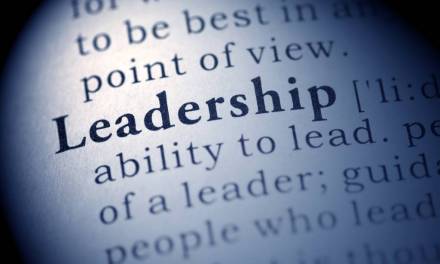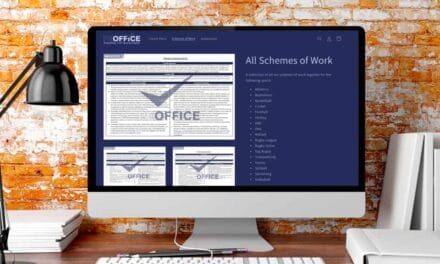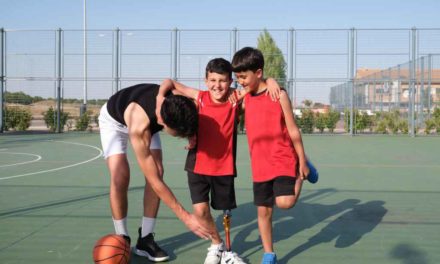Physical Education (PE) is far more than just a break from academics. It’s a crucial component of a student’s holistic development, fostering physical literacy, healthy habits, and essential life skills. But how do we truly measure the impact of our PE programmes? How do we ensure students are not just participating, but genuinely progressing? This blog explores the tools and strategies for effectively assessing PE progress, ultimately supporting student growth and engagement.
Beyond the Stopwatch: A Holistic Approach to Assessment
Gone are the days of simply timing laps or counting push-ups. While these metrics have their place, a comprehensive assessment of PE progress requires a more nuanced approach. We need to consider:
- Physical Literacy: This encompasses a student’s ability to move with competence and confidence in a variety of physical activities. It includes fundamental movement skills, motor skills, and the understanding of movement concepts.
- Health-Related Fitness: Assessing components like cardiovascular endurance, muscular strength and endurance, flexibility, and body composition provides valuable insights into a student’s overall fitness level.
- Affective Domain: This focuses on a student’s attitudes, values, and social skills related to physical activity. Are they demonstrating sportsmanship, teamwork, and a positive attitude towards exercise?
- Cognitive Domain: This evaluates a student’s understanding of movement principles, game strategies, and health concepts.
Tools for Tracking and Measuring Progress
To effectively assess these diverse aspects of PE, educators can leverage a variety of tools:
• Skill-Based Assessments:
- Rubrics: Clearly defined rubrics can assess the quality of movement skills, providing specific feedback for improvement.
- Observation Checklists: Focused checklists can track the development of specific skills and movement patterns.
- Video Analysis: Recording and analysing student performance allows for detailed observation and feedback.
• Fitness Assessments:
- Standardised Fitness Tests: Established tests like the bleep test provide benchmarks for assessing health-related fitness components.
- Student Self-Assessments: Empowering students to reflect on their own fitness levels promotes self-awareness and ownership of their health.
• Affective and Cognitive Assessments:
- Journals and Reflection Logs: Students can document their experiences, feelings, and learning in PE.
- Peer Evaluations: Encouraging students to provide constructive feedback to their peers fosters collaboration and social skills.
- Written or Oral Quizzes: Assessing understanding of rules, strategies, and health concepts.
- Game performance evaluations: evaluating teamwork, and strategic understanding.
• Technology Integration:
- Wearable Fitness Trackers: These devices can track activity levels, heart rate, and other fitness data.
- Apps and Software: Numerous apps and platforms offer tools for tracking student progress, creating personalised fitness plans, and providing feedback.
- Digital Portfolios: Students can compile evidence of their learning, including videos, photos, and written reflections.
Supporting Student Growth: The Power of Feedback and Differentiation
Assessment is not just about measuring; it’s about informing instruction and supporting student growth. Key strategies include:
- Providing Timely and Specific Feedback: Feedback should be focused on specific skills and behaviours, offering actionable suggestions for improvement.
- Setting Individualised Goals: Tailoring goals to individual student needs and abilities promotes motivation and success.
- Differentiating Instruction: Adapting activities and assessments to meet the diverse needs of all learners ensures equitable access to quality PE.
- Promoting Student Self-Reflection: Encouraging students to reflect on their progress and identify areas for improvement empowers them to take ownership of their learning.
- Creating a Positive and Supportive Environment: Fostering a culture of encouragement and respect promotes a positive attitude towards physical activity.
The Importance of Ongoing Assessment
Assessment should be an ongoing process, integrated into every aspect of the PE programme. Regular monitoring and feedback allow educators to track student progress, identify areas for improvement, and adjust instruction as needed.
By embracing a holistic approach to assessment and utilising a variety of tools and strategies, educators can effectively track and support student growth in PE, empowering them to develop the physical literacy, health, and life skills they need to thrive.
Bolster your PE Deliver with PE Office
PE Office is your all-in-one shop to help elevate and support your students so they can reach their educational potential. With effective lesson plans, schemes of work and assessment tools, the platform is ready to support your department removing the stress from your day-to-day. Make sure to visit the shop or call 01909 776900 or email mail@peoffice.co.uk.









